Atlantic Canada - a post Hurricane Fiona primer
A subjective post Fiona guide to Atlantic Canada
Instead of an interview this week I’m providing you with a quick primer about Atlantic Canada while also referencing the impact of Hurricane Fiona that raged through this region of Canada during the past few days. Although many H.A.T.T.E.R.s1 do live in this region, many of you don’t but you may have heard about Fiona. So here’s some info for you.
Atlantic Canada (or the Atlantic Provinces) is composed of:
New Brunswick
Prince Edward Island
Nova Scotia
Newfoundland and Labrador
This region is the most easterly part of Canada and it was first discovered by Europeans hundreds of years ago. In fact, there is evidence of a Viking colony in the northernmost tip of Newfoundland that existed more than 1,000 years ago. Indigenous people, of course, have lived in this part of the world for thousands of years.
Today 2.4 million people live within the four provinces. This is roughly the same population as certain cities, i.e.:
metro Vancouver (BC, Canada)
metro Portland (Oregon)
metro Orlando (Florida)
and almost exactly between the population sizes of Paris and Rome.
Greater Brisbane (Australia) is slightly larger in population. Medellin (Colombia) has approximately the same population.
All Atlantic Provinces are bordered by the Atlantic Ocean. They are connected by land to the rest of Canada by the province of Quebec (NB and NL) and to the United States by the province of Maine (NB).
Let’s look at each province, provide a few bits of information, and talk about how Fiona affected each of them.
New Brunswick (NB)
New Brunswick has a population of approximately 800,000. The province is physically linked to Maine, Quebec and Nova Scotia by land and linked to Prince Edward Island by a 12.9 KM bridge. There is a significant Francophone population in the province and it is one of the few officially bilingual provinces in the country. 83% of the province is forested.
I live in the town of Woodstock, about 20 KM east of the US border at Maine. I live approximately 110 KM from the Atlantic Ocean (as the crow flies). My town experienced some rain and higher than usual winds but otherwise fared well.
The areas most affected by Fiona were near Moncton including the town of Shediac and surrounding areas (like Pointe-du-Chene), which were affected by high winds, heavy rainfall and some flooding and damage in those areas. Parts of the province lost electricity but service remained in most of NB during the hurricane.
Prince Edward Island (PE or PEI)
Except for the Confederation Bridge (a few dozen metres of metal and concrete), the province of Prince Edward Island is surrounded by the Atlantic Ocean. Approximately 168,000 people live there. The province is known for the red sand and clay throughout, tourism, aquaculture, fantastic beaches, potato growing and, of course, Anne of Green Gables. The details of PEI are more complex than the caricature I just described, including Francophone and Indigenous influences. The population is mostly rural, like the rest of the Atlantic Provinces.
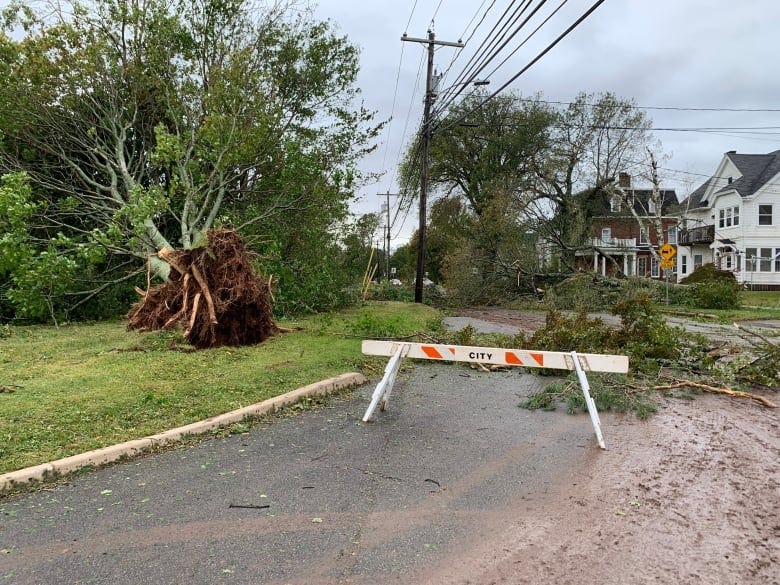
Fiona disrupted power throughout PEI. The heavy winds and rain caused flooding and other damages. You can see many pictures online of fallen trees uprooted by the heavy winds and power lines downed. Areas were washed out and buildings were damaged, in some cases blown onto their sides or pushed meters away from their foundations. Fortunately most of PEI appears intact and undamaged but it will take some days, perhaps weeks, to fully recover.
One fatality has been reported.
Nova Scotia (NS)
This province of 1.0 million people has the largest population in the Atlantic Provinces, with 45% of it concentrated in the Halifax Regional Municipality on the southern shore. Nova Scotia (the Latin name for New Scotland) is connected to New Brunswick by a small isthmus in the north western part of the province, technically making most of Nova Scotia a peninsula bordered by Cape Breton Island in the north east, which is connected to the rest of Nova Scotia by a causeway. North eastern Cape Breton contains the port for the permanent ferry service between Nova Scotia and Newfoundland and Labrador: this is where food and other important commodities are shipped to NL.
Much of Nova Scotia’s landmass remains rural. There is a significant Indigenous presence here and there is some French and Gaelic/Scottish cultural presence as well.
Much of Nova Scotia suffered the same kind of damage as PEI: power outages, downed trees and power poles, heavy rains and some flooded areas. At least 40 - 50 % of Nova Scotians lost their electricity at some point during the storm. Cape Breton Island was particularly hard hit by Fiona with flooding and building damage - this is where Fiona actually made landfall in the region.
This experience must have been an uncomfortable reminder of the impact of Hurricane Juan in 2003 and Dorian in 2019, which were particularly damaging to central NS.
Newfoundland and Labrador (NL)
Newfoundland and Labrador is primarily composed of two land masses which are only connected by ferry. Approximately 93% of the province’s population (over 520,000 inhabitants) resides in Newfoundland, with many of the inhabitants living in the Avalon Peninsula near St. John’s. Labrador borders with the province of Quebec to its west and south, with the rest of Labrador bordering the Atlantic Ocean. The year round ferry connection to Nova Scotia is in the community of Port aux Basques, near Cape Ray. It takes close to 12 hours to make that ferry trip. A second ferry operates for part of the year between mainland Nova Scotia and Argentia in NL.
In 1949 Newfoundland and Labrador was the last province to join Canada. Much of the terrain is rocky and fishing has been a significant way of life in the region for decades, although this has diminished greatly in recent years. The people of Newfoundland and Labrador are particularly known for their spirit and hospitality: the town of Gander is the setting for the now famous musical Come From Away, a retelling of the real life situation during 9/11 where many commercial flights were diverted to Gander during the global airspace closing and the hospitality of the local citizens to stranded travelers became the stuff of legend.
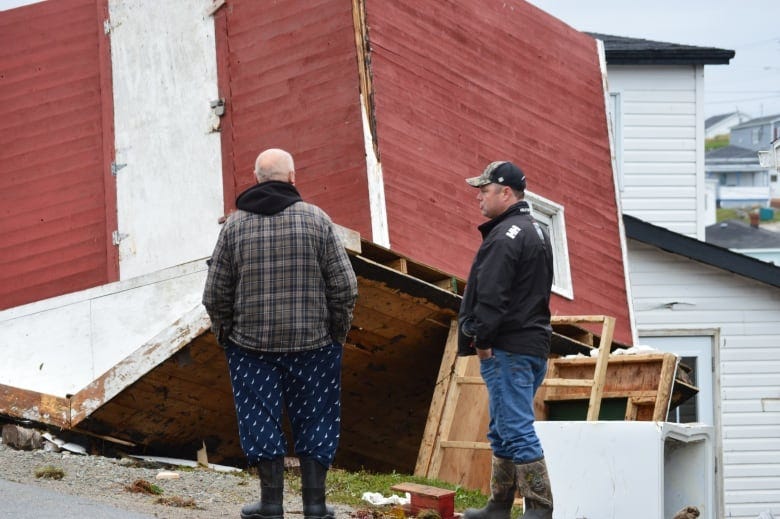
The southwestern part of Newfoundland, including Port Aux Basques, was particularly hard hit by Fiona. At least 20 homes were destroyed and hundreds of people have been displaced due to the damage and flooding, which ripped homes from their foundations and washed out much of the land underneath them.

The only known fatality to date in NL was when a woman was swept up by waves and pulled into the sea; her body was recovered on Sept. 25.
Other communities in this part of the province are also recovering from Fiona.
Fortunately, the ferry service between Nova Scotia and Newfoundland was not permanently disrupted by Fiona: ferry service resumed on Sept. 25, ensuring that food and other important supplies will continue to flow to the province.
There are plenty of other resources that will give you a more detailed picture of Atlantic Canada and several news outlets, especially the CBC, can provide additional information about the impact of Fiona.
One hopes that we won’t see the likes of Fiona again any time soon.
H.A.T.T.E.R. (How About This Terribly Enthusiastic Reader)




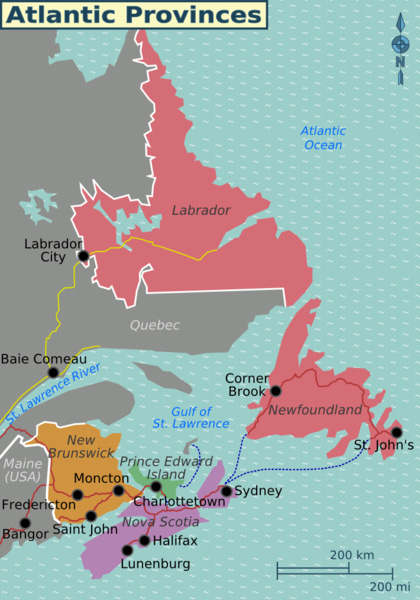

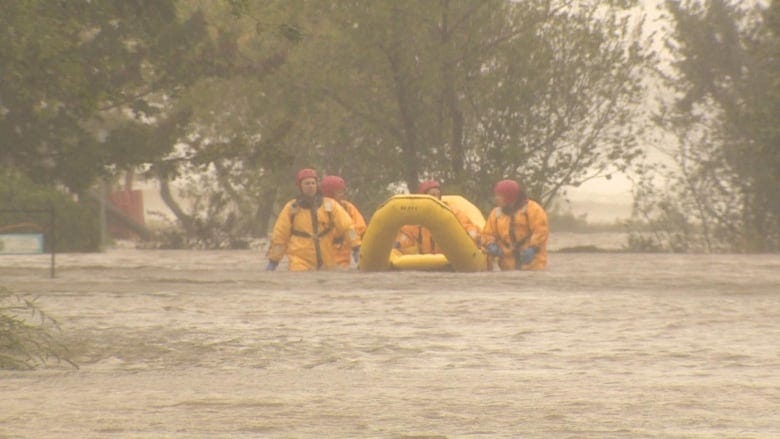
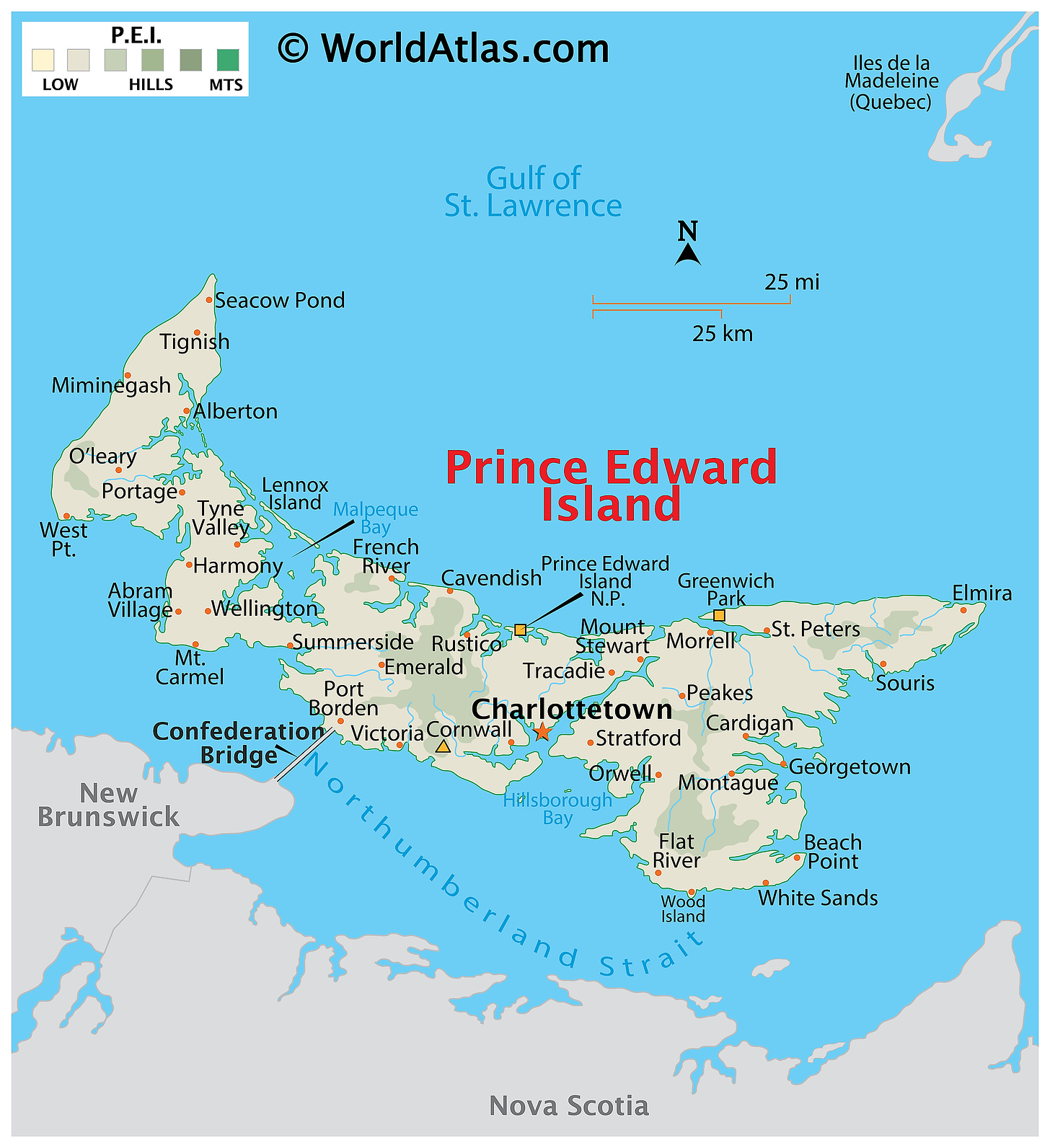
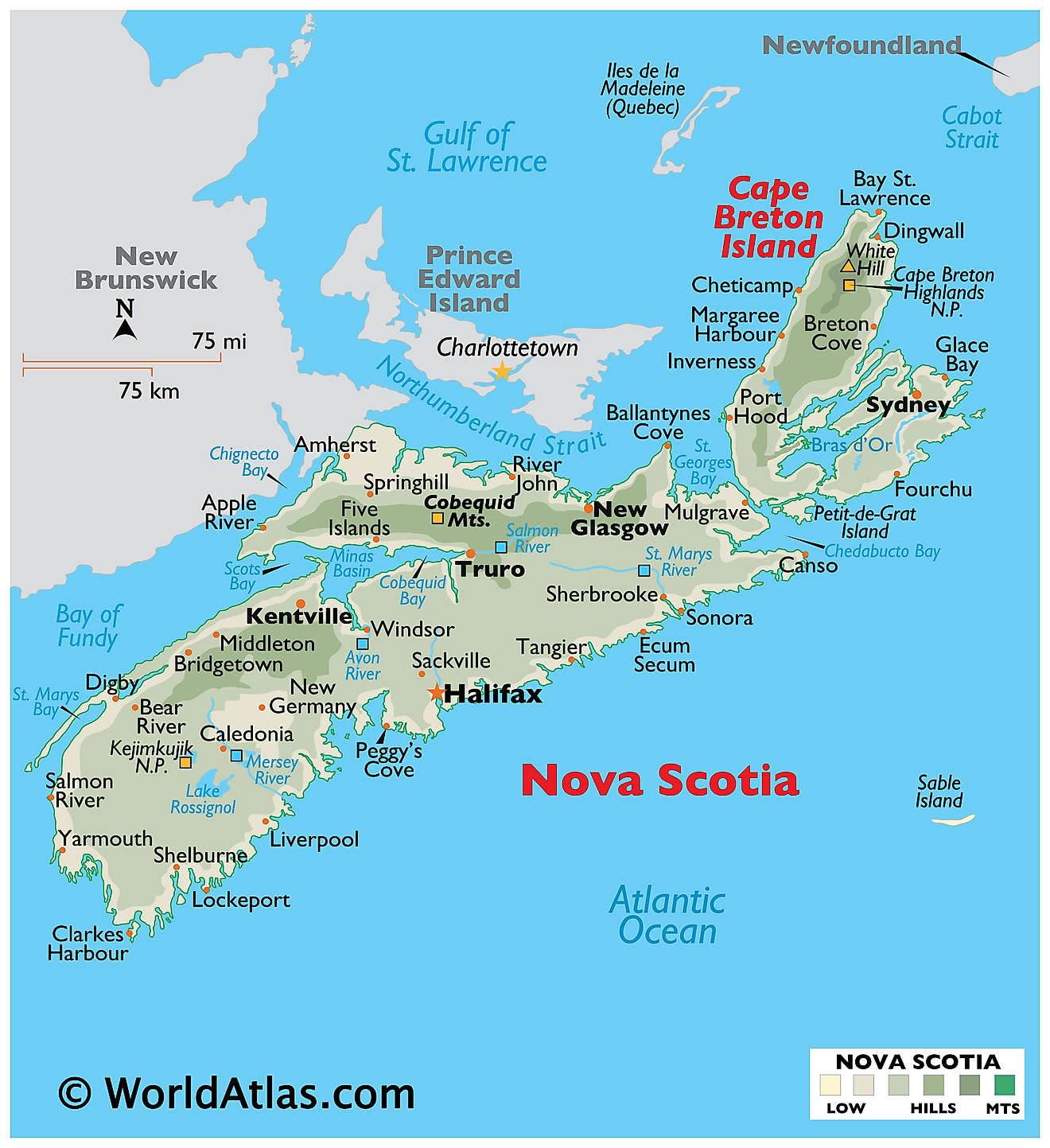
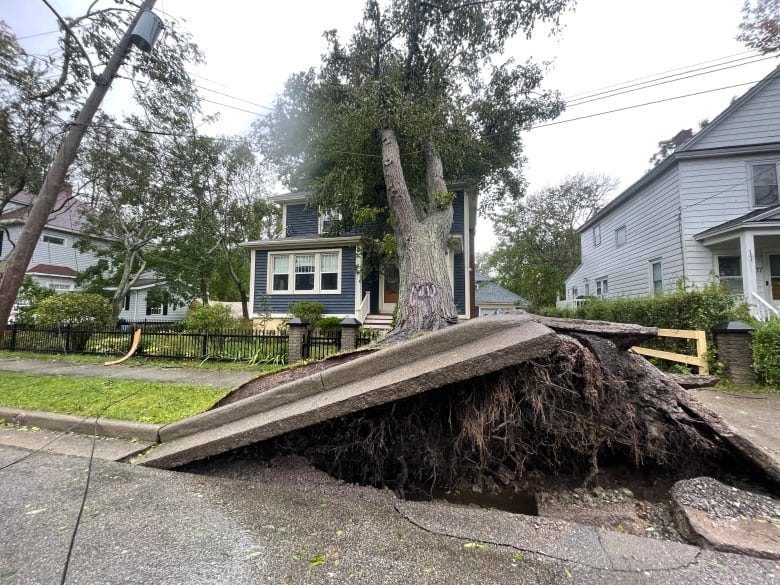
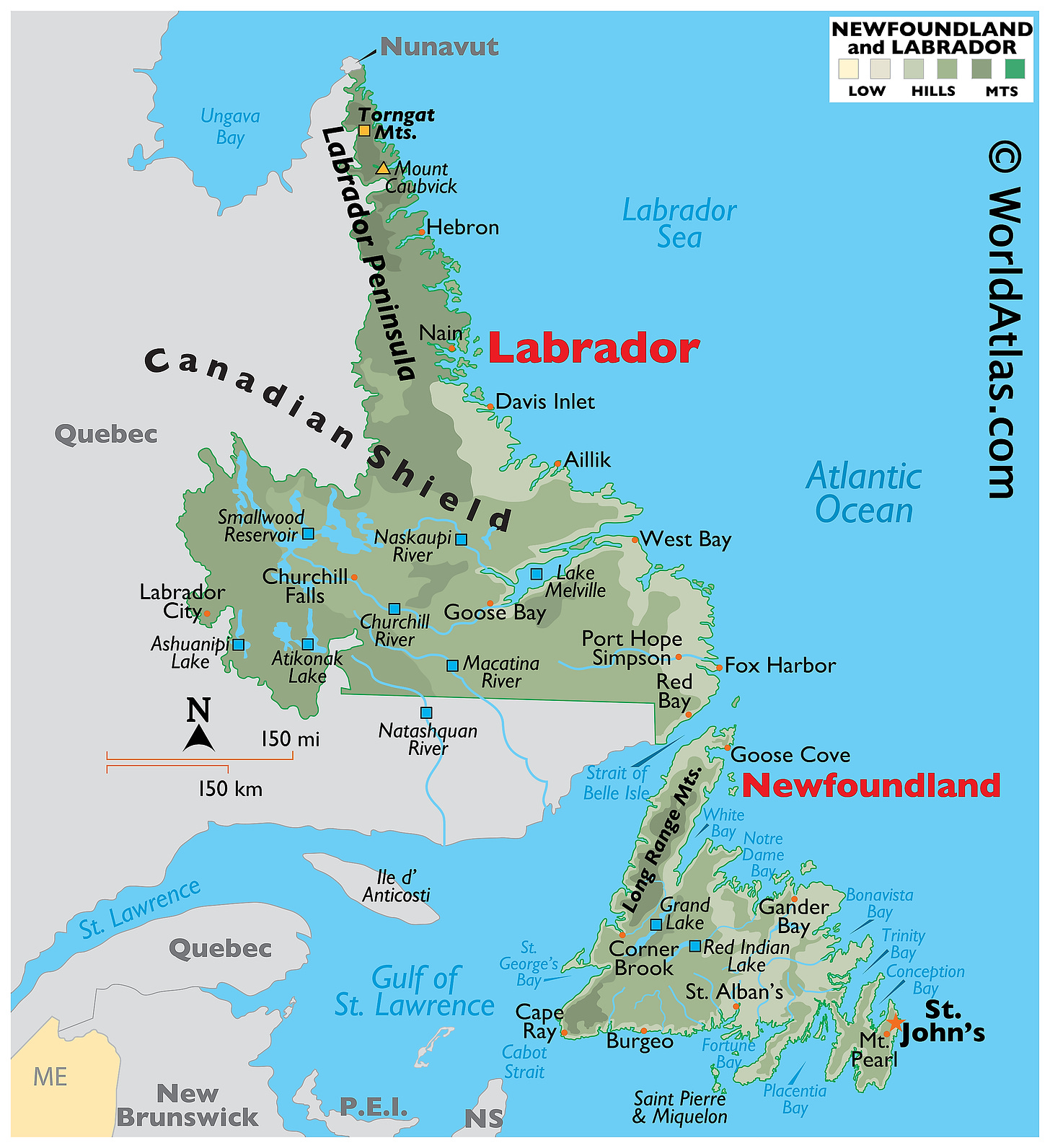
As a Floridian, I'm all too familiar with the effects of hurricane damage. It's always sad seeing such damage, but it's fortunate there were few fatalities. Hopefully, you all have a quick recovery.
Solid recap!